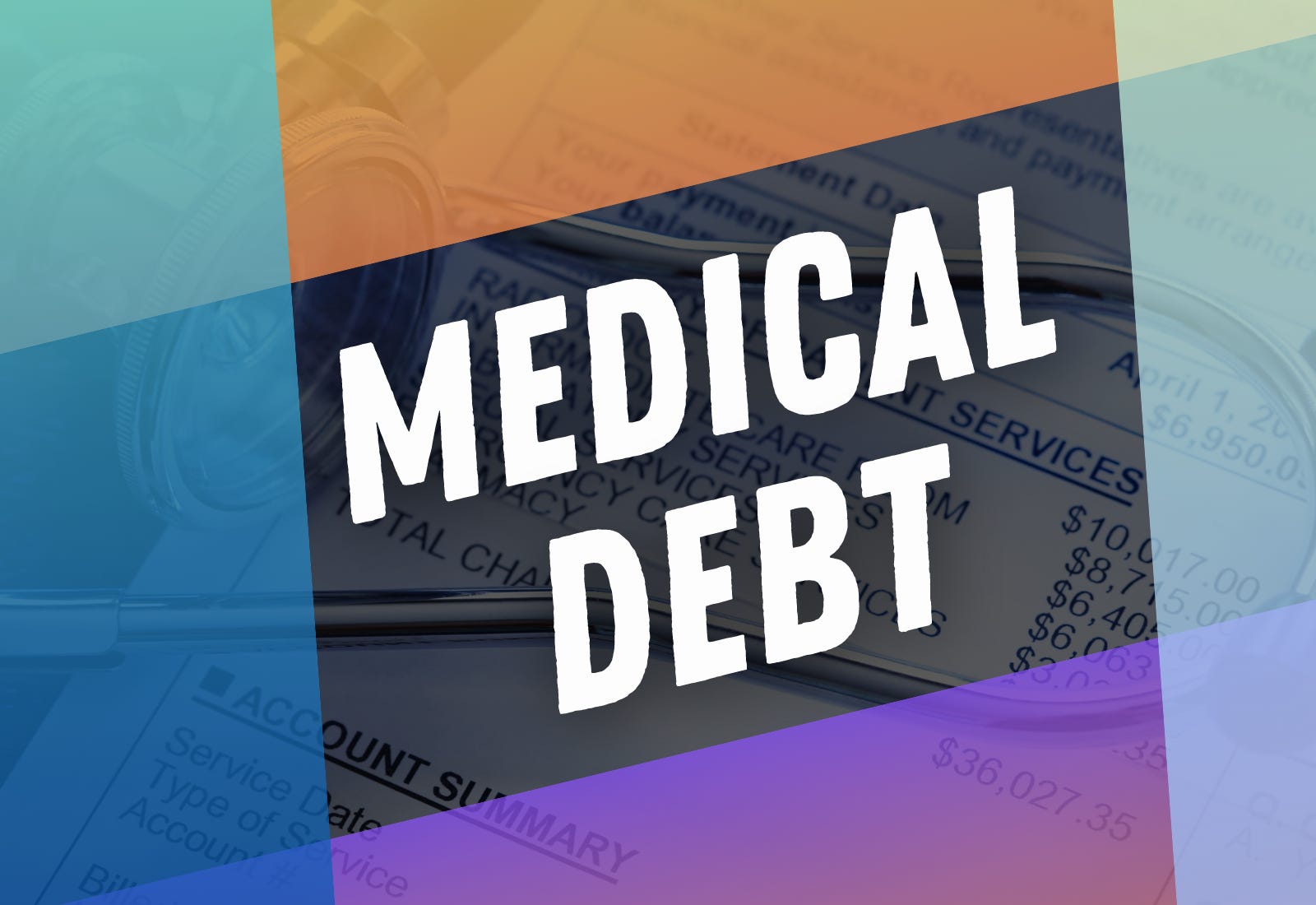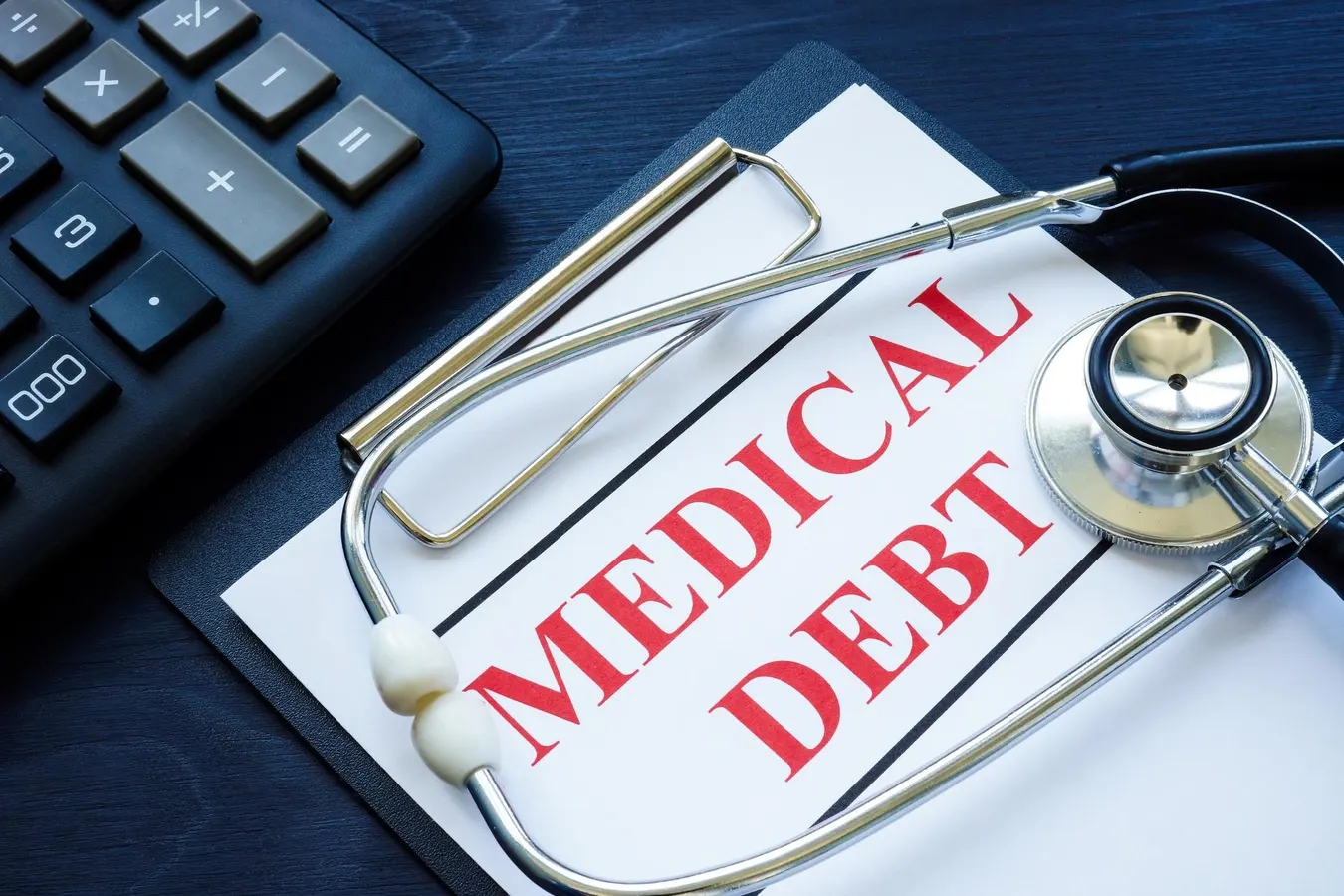Medical debt is a pressing issue that affects millions of individuals and families worldwide, often resulting in financial hardship and healthcare disparities. In response to the growing crisis of medical debt, governments at various levels have implemented legislative measures known as Medical Debt Relief Acts. These acts aim to protect patients from overwhelming medical bills, prevent aggressive debt collection practices, and promote healthcare equity. In this article, we delve into the intricacies of Medical Debt Relief Acts, examining their provisions, implications, and the broader context of healthcare affordability and access.
Understanding Medical Debt Relief Acts:
Medical Debt Relief Acts are legislative initiatives enacted by governments to address the challenges associated with medical debt. These acts typically include provisions that offer financial protections and assistance to individuals facing medical bills they cannot afford to pay. While the specifics of Medical Debt Relief Acts vary from jurisdiction to jurisdiction, common provisions may include:
- Limitations on Medical Debt Collection: Medical Debt Relief Acts may impose restrictions on aggressive debt collection practices, such as wage garnishment, asset seizure, or legal action, for unpaid medical bills. These limitations aim to prevent undue financial hardship and protect patients from harassment by debt collectors.
- Caps on Out-of-Pocket Costs: Some Medical Debt Relief Acts set limits on the amount individuals are required to pay out-of-pocket for medical services, particularly for essential and emergency care. Caps on out-of-pocket costs ensure that patients are not financially burdened by exorbitant medical bills and can access necessary healthcare services without fear of bankruptcy or financial ruin.
- Protections for Low-Income Individuals: Medical Debt Relief Acts may include provisions specifically tailored to protect low-income individuals and families from medical debt. These provisions may encompass eligibility criteria for financial assistance programs, sliding scale fee structures, and subsidies for healthcare coverage or services.
- Transparency and Accountability Measures: Medical Debt Relief Acts may incorporate measures to promote transparency and accountability in healthcare billing and pricing. This may include requirements for hospitals, clinics, and healthcare providers to disclose pricing information, billing practices, and financial assistance options to patients in a clear and accessible manner.

Implications and Impact:
The implementation of Medical Debt Relief Acts has significant implications for individuals, healthcare providers, and the broader healthcare system:
- Financial Relief for Patients: Medical Debt Relief Acts provide much-needed financial relief to individuals burdened by medical debt, allowing them to access necessary healthcare services without facing crippling financial consequences. By capping out-of-pocket costs, limiting debt collection practices, and offering assistance programs, these acts alleviate the financial strain on patients and promote healthcare affordability and access.
- Protection from Predatory Practices: Medical Debt Relief Acts protect patients from predatory debt collection practices that can exacerbate financial hardship and perpetuate cycles of poverty. By imposing restrictions on aggressive debt collection tactics, such as harassment, intimidation, and coercive measures, these acts ensure that individuals are treated with dignity and respect in their interactions with debt collectors.
- Enhanced Healthcare Equity: Medical Debt Relief Acts contribute to enhanced healthcare equity by reducing barriers to access and addressing disparities in healthcare affordability. By safeguarding vulnerable populations from medical debt, these acts help mitigate socioeconomic and systemic factors that contribute to inequities in healthcare access and outcomes.
- Financial Challenges for Healthcare Providers: While Medical Debt Relief Acts benefit patients, they may pose financial challenges for healthcare providers, particularly hospitals and clinics that rely on revenue from patient payments to sustain operations. Caps on out-of-pocket costs, limitations on debt collection, and requirements for financial assistance may impact healthcare providers’ revenue streams and financial viability, necessitating alternative funding sources or cost-saving measures.
Considerations and Challenges:
Despite their benefits, Medical Debt Relief Acts face certain considerations and challenges:
- Enforcement and Compliance: Ensuring effective enforcement and compliance with Medical Debt Relief Acts requires robust oversight, monitoring, and enforcement mechanisms. Government agencies responsible for implementing these acts must have adequate resources, authority, and enforcement powers to hold healthcare providers and debt collectors accountable for non-compliance.
- Coordination with Healthcare Reform: Medical Debt Relief Acts should be implemented in conjunction with broader healthcare reform initiatives aimed at addressing the root causes of medical debt, such as rising healthcare costs, inadequate insurance coverage, and gaps in healthcare access. Coordination between medical debt relief efforts and healthcare reform policies is essential to achieve sustainable, systemic improvements in healthcare affordability and access.
- Balancing Patient Protections and Provider Sustainability: Medical Debt Relief Acts must strike a balance between protecting patients from financial hardship and ensuring the financial sustainability of healthcare providers. Caps on out-of-pocket costs, limitations on debt collection, and financial assistance programs should be designed to mitigate patient burden while allowing healthcare providers to maintain financial viability and continue delivering high-quality care.
- Addressing Systemic Inequities: Medical Debt Relief Acts should be part of a broader strategy to address systemic inequities in healthcare access, quality, and outcomes. Efforts to promote healthcare equity must encompass initiatives to address social determinants of health, improve health literacy, expand insurance coverage, and eliminate barriers to care for marginalized and underserved populations.
Conclusion:
Medical Debt Relief Acts represent a crucial step towards addressing the pervasive issue of medical debt and promoting healthcare equity. By providing financial relief to individuals burdened by medical bills, protecting patients from predatory debt collection practices, and enhancing transparency and accountability in healthcare billing, these acts contribute to a more just and equitable healthcare system. However, the success of Medical Debt Relief Acts depends on effective enforcement, coordination with broader healthcare reform efforts, and a commitment to addressing systemic inequities. Through collaborative efforts between policymakers, healthcare providers, advocacy organizations, and community stakeholders, we can work towards a future where medical debt no longer serves as a barrier to accessing quality healthcare for all.

